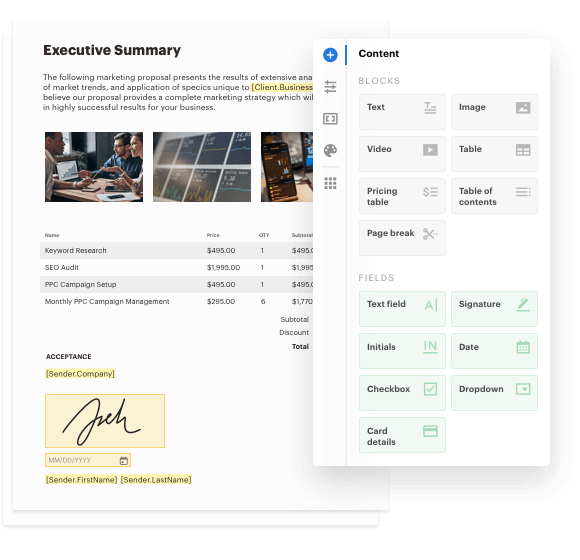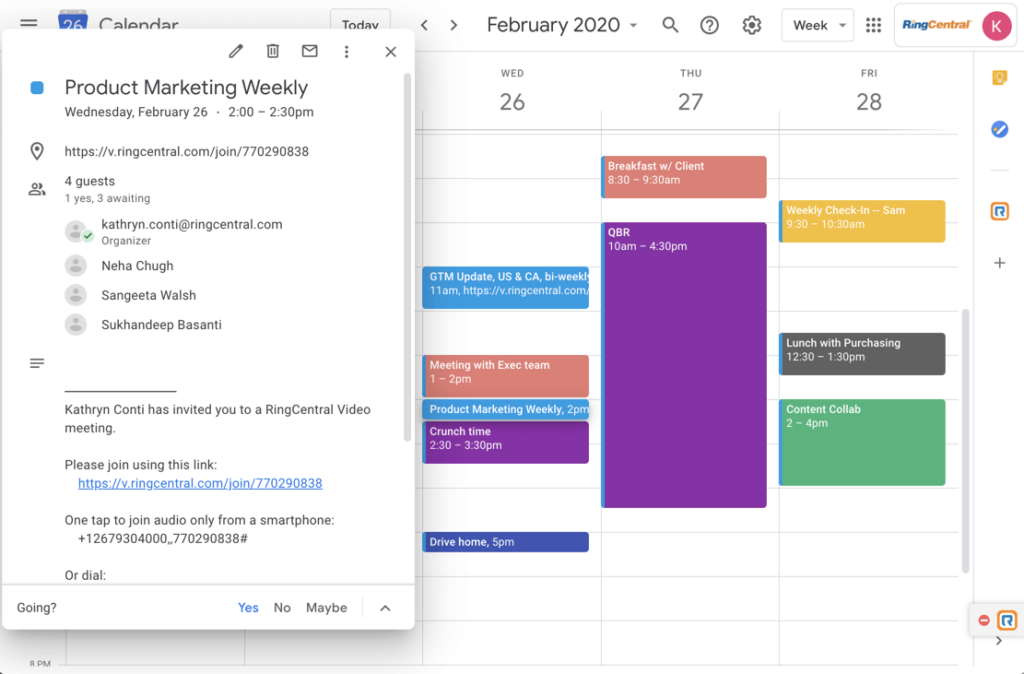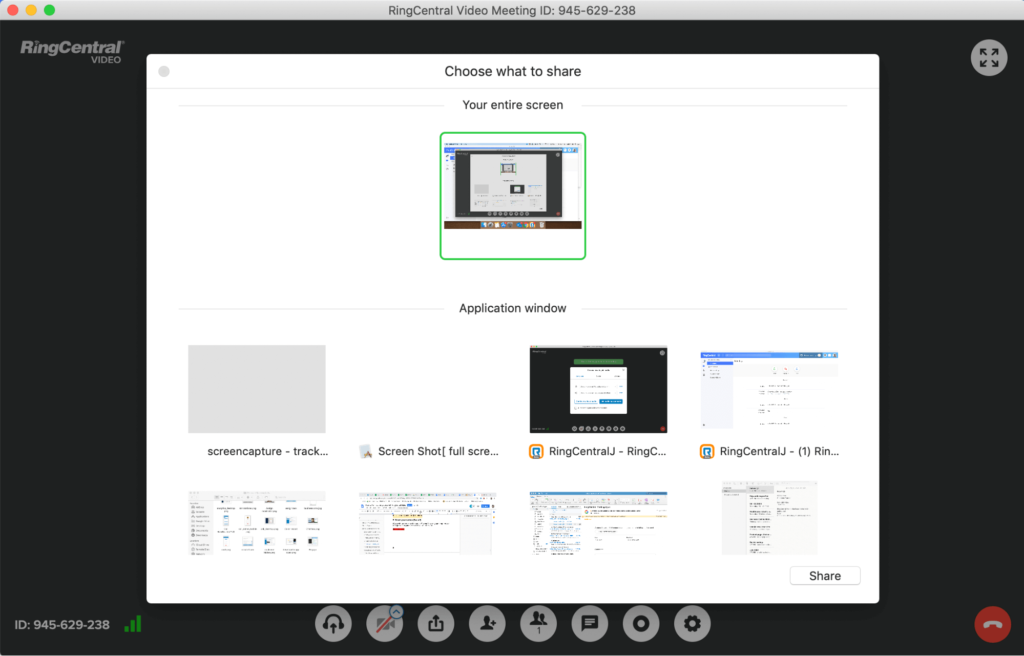5 actionable ways to make your startup more productive
If you’re running a startup, time is of the essence.
This is especially true in a day and age where so many startups don’t make it after their first year.
And that’s not just due to fierce competition, either.
Bootstrapped companies are tasked to scale as quickly as possible despite limited resources. Meanwhile, startups seeking the exit stage need to prove their profitability to investors ASAP.
Either way, the clock is ticking.
Productivity is a top priority in the startup world. That said, efficiency is often a struggle when you’re trying to keep your company as lean as possible.
Despite popular belief, building a productive startup is about more than just “hacks” and “hustle.” Below we’ve broken how to make your startup more efficient in simple, actionable steps. Skip ahead if you’re interested in a certain step:
- Streamline communication and collaboration among your teams
- Boost your efficiency by automating as much as you can
- Make sure that your employees are engaged and happy with their work
- Empower your team to work from anywhere and everywhere
- Avoid “hustle” culture—and focus on actionable goals instead
🤝 Is your tech startup’s team collaborating as effectively as it can to provide good customer service?
1. Streamline communication and collaboration among your teams
“No matter how brilliant your mind or strategy, if you’re playing a solo game, you’ll always lose out to a team.”
― Reid Hoffman, LinkedIn
First thing’s first: startup teams have to find a balance between staying in touch and potentially wasting time.
Are there essential meetings for startups? Absolutely.
Especially when you’re a smaller company where “departments” may consist of just one or two employees, team collaboration is key to making decisions on everything from sales and marketing and beyond.
However, consider that unproductive meetings cost companies billions of dollars in productivity per year.1
The process of setting up meetings, asking questions, and working together should be as quick and painless as possible. This is exactly why so many companies are investing in collaboration software to streamline communication, especially in a day and age where startups are connecting with customers and clients internationally.
The good news is that technology (like RingCentral!) empowers teams to move away from the time-consuming, “old-school” approach to collaboration. Doing so doesn’t have to mean spending all of your time in your inbox, either.
How old-school tech companies communicate |
How smart startups communicate |
| ❌ Juggling calls, emails, and calendars to set up a meeting | ✅ Scheduling meetings via video with a synced company calendar to avoid conflicts |
| ❌ Walking to someone’s desk to have a face-to-face chat | ✅ Hopping on a video call in seconds to have a chat |
| ❌ Waiting between emails for an answer to a request | ✅ Instant responses to questions and queries via team messaging software |
In particular, video meetings are quickly becoming the most popular way for teams to experience face-to-face interaction without having to wrangle your coworkers in person.
This is a must-do for not only remote teams looking for some face time, but also smaller companies without dedicated meeting spaces or huddle rooms. Video meetings are a time-efficient format for everything from daily stand-ups to weekly presentations.
Beyond video meetings, team messaging tools have also helped put an end to endless email back-and-forths. For example, RingCentral makes it a cinch for startup teams to communicate in real-time through message, video, and phone:
Plus you can share documents and provide (or get) clarification in an instant. That means less lag time between tasks for you and your coworkers, and more time spent actually getting work done.
Not only that, there’s a handy task management feature too that lets you create and assign tasks to teammates—right within a group or team chat:

Adopting a communications platform is a crucial first step toward figuring out how to increase team productivity.
Thankfully, doing this is particularly easy for startups given that these companies are usually already tech-savvy, making it relatively painless to replace your email-only communication with a multi-channel platform like RingCentral.
Learn more about how tech startups are using RingCentral to collaborate more effectively with distributed teams and keep customers happy.
2. Boost your efficiency by automating as much as you can
“The only way to win is to learn faster than anyone else.”
― Eric Reis, The Lean Startup
Fact: the average business wastes 40% of the time on tasks that could be automated.2
Yikes.
This sobering stat spells trouble for startups in particular.
With smaller teams and tight schedules as is, you literally can’t lose your employees’ valuable time to tedious tasks. Additionally, you don’t want to force your team into roles or responsibilities they don’t actually excel at.
The solution to avoiding a time trap of low-effort tasks?
No surprises here: technology. Startups are spoiled for choice when it comes to tools for automating tasks like data entry, reporting, and meeting scheduling.
For example, tools like CRM are crucial for startups to not only track their customer relationships but also save time logging interactions such as calls and emails. Here’s an example of a customer’s profile in Pipedrive, which populates itself automatically based on form entries and customer communications:

Automation can boost company efficiency beyond just administrative tasks, by the way. For example, startups today often rely on a marketing stack which syncs your company’s email, social media, and inbound marketing campaigns so you know exactly where your new leads are coming from. This can help you better understand what’s actually attracting customers—and what’s not.
There’s also other sales software and sales enablement tools out there that makes it easier to nurture and convert your leads. Tools like PandaDoc, for example, allow you to whip up quick contracts and log e-signatures to close deals faster:

The upside of modern business tools is that they often work in tandem and integrate with each other.
For example, let’s say that your business uses Google Calendar to schedule meetings. RingCentral’s integration with GCal (and Outlook!) means you can conduct calls or meetings directly from Google without having to bounce between tools:

The same rules apply to your customer service software, marketing software, and more.
Each and every seemingly minor task you can automate translates into massive time saved. Check out our guide to workflow automation for more ideas on how you can transform your business’s tech stack into a well-oiled machine to boost company efficiency.
🕹️ Get a hands-on look at how RingCentral works by booking a product tour:
3. Make sure that your employees are engaged and happy with their work
“Everyone talks about building a relationship with your customer. I think you build one with your employees first.”
― Angela Ahrendts, formerly Apple
Employee engagement is a hot topic among startups for a reason.
According to data from Gallup, engaged employees are more productive, make fewer errors, and ultimately produce more profits on behalf of businesses.3
Engaged employees don’t fall into your lap by accident, though. Startups have to both nurture and support their talent with the best tools rather than just expect them to be productivity powerhouses from the word “go.”
And employee engagement is about far more than a salary or years of experience. Based on Gallup’s research, here are some of the common threads between engaged employees:
- They understand what’s expected of them at work.
- They regularly receive feedback from managers.
- They feel that their opinions matter at work.
- They have the necessary tools to do their jobs.
All of these points tie directly back to effective communication.
How so? Companies that prioritize frequent check-ins are more likely to identify roadblocks or issues that might cause someone to struggle.
Similarly, more conversations with your coworkers mean more opportunities to provide praise and feedback. In fact, Gallup’s data notes that employees that receive daily feedback are three times as productive as those who receive feedback infrequently.
Of course, feedback is a two-way street. Employees should be able to have their voices heard rather than sit on the receiving end of meetings. The benefit of using a communications platform like RingCentral is that managers and employees alike are empowered to talk in whichever way makes them the most comfortable.
One-on-one video? Employee surveys? Private messages? All of the above are fair game for feedback and check-ins.
The takeaway here? You can rack your brain to figure out how to increase efficiency among your employees, but you have to actually talk to them regularly to make sure they can do their jobs well.
4. Empower your team to work from anywhere and everywhere
“You’d be amazed how much quality collective thought can be captured using two simple tools: a voice connection and a shared screen.”
― Jason Fried, Basecamp
Even before COVID-19, remote hiring has been on the rise among startups.4
Just peek at job platforms like AngelList to see how startups are promoting “remote” or “remote possible” positions en masse:

Hiring remotely encourages startups to stay lean. In addition to being able to spot the best talent from around the world, you don’t have to worry about office space or in-person costs related to onboarding. In a global marketplace, remote hiring is an absolute must.
That said, building a remote team requires ample planning. For example, you need to train employees and make them understand both your company culture and product without being there in person.
Having a process and prepared training materials will help speed up onboarding and make sure that new hires can get to work faster. This rings true for full-time talent and contractors alike.
Tools like RingCentral make it easy to conduct those initial meetings and training with employees to get them set up quicker. Features like screen sharing and video calls make it more likely that your new talent will retain information (rather than trying to learn from an info-dump email).
In the RingCentral desktop or mobile app, you just need to hit a button to share your screen:

Even if you’re not bringing on new workers, try to give your team the freedom to work remotely. COVID-19 has proven that a physical office is not always necessary for startups to stay efficient.
5. Avoid “hustle” culture—and focus on actionable goals instead
“Even when I worked in an office, I would often bring work home with me. When I started working remotely, it was just a recipe for disaster… If you just spend all your time working, it might feel like you’re doing a lot but you’re actually not doing your best work. You’re not performing to the best of your ability.”
― Gonçalo Silva, Doist
Reality check: it might be time to purge words like “hustle” and “grind” from your company’s vocabulary.
Although sleepless nights and long hours were once considered a badge of honor for startups, more and more people are realizing that intense workloads aren’t the answer to increase team productivity. There’s actually a growing phenomenon of depression and burnout among companies that push themselves too hard.5
Prioritizing work-life balance is crucial for both your team’s well-being and productivity. For example, don’t require employees to be available 24/7. Instead, encourage them to knock out as much as they can when they’re on the clock by focusing on smaller, realistic goals. They’ll be more productive in the long run.
Yet again, this all ties back to communication and expectations.
Fostering a positive culture means that your team should be able to easily get in touch, but shouldn’t feel pressured to be “on” at all times. By regularly relaying what you expect from your workers and listening to their feedback, you’re much more likely to avoid burnout.
What are you doing to keep your startup efficient?
Anything you can do to make your team more productive is a plus.
Hopefully, this guide served as some much-needed inspiration for how to increase team efficiency without having to reinvent the wheel. Strong communication is at the core of doing so—and tools like RingCentral can help your team in a big way.
1 inc.com/peter-economy/a-new-study-of-19000000-meetings-reveals-that-meetings-waste-more-time-than-ever-but-there-is-a-solution.html
2 smartsheet.com/content-center/product-news/automation/workers-waste-quarter-work-week-manual-repetitive-tasks
3 gallup.com/workplace/285674/improve-employee-engagement-workplace.aspx#ite-285707
4 usefyi.com/remote-work-report
5 entrepreneur.com/article/333631











